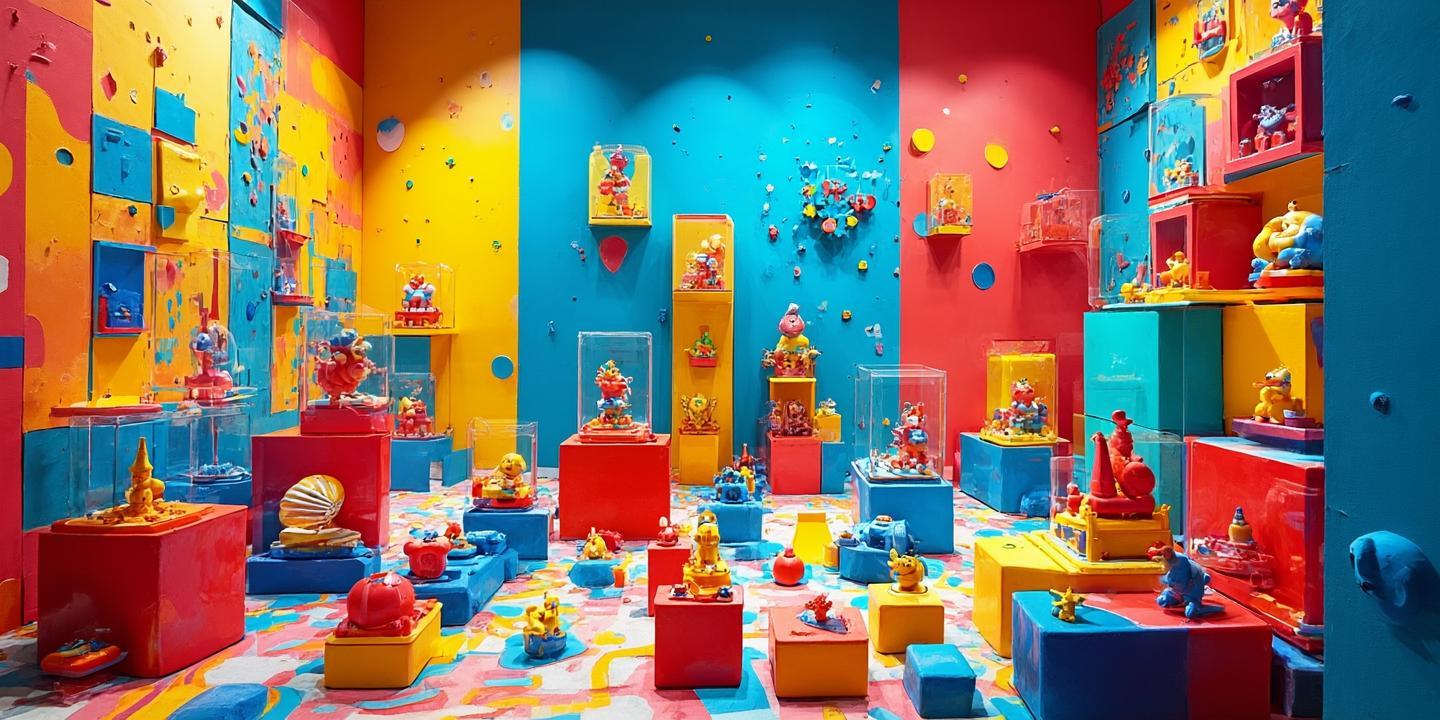发布时间2025-06-09 23:51

As parents we’ve all been there—watching our child’s favorite toy dinosaur snap in two, followed by the inevitable tears and questions. It’s a moment that can leave us scrambling for the right words, especially if we’re trying to explain the situation in English. Whether you’re a non-native speaker or simply looking for a clear and compassionate way to describe the incident, this guide will help you navigate the conversation with ease. Understanding how to explain why the toy dinosaur broke is not just about language; it’s about empathy, clarity, and teaching valuable lessons.
Toys are more than just objects to children—they’re companions, storytellers, and sources of comfort. When a toy breaks, it’s often a big deal. Explaining why the toy dinosaur broke helps children process their emotions and understand the concept of cause and effect. It’s also an opportunity to teach responsibility and problem-solving skills.
Before diving into the language, let’s explore the typical reasons why a toy dinosaur might break:
Here’s a step-by-step guide to describing the incident in English, tailored to different scenarios:
If the child accidentally broke the toy, use gentle language to explain what happened while encouraging responsibility.
Example:
“Sweetie, I think the dinosaur’s leg broke because it was bent too hard. It’s okay—accidents happen. Let’s see if we can fix it together.”
Key Phrases:
If the toy was old or fragile, explain this in a way that reassures the child.
Example:
“Honey, this dinosaur has been your favorite for a long time, and sometimes toys get tired and break. We can give it a special place and find a new toy to love.”
Key Phrases:
If another child or person broke the toy, focus on fairness and resolution.
Example:
“Your cousin didn’t mean to break your dinosaur, but it happened. Let’s talk to them about it and see if we can fix it or get a new one.”
Key Phrases:
If the toy was poorly made, explain this in a way that doesn’t blame the child.
Example:
“This dinosaur wasn’t very strong, so it broke easily. Next time, we’ll look for a sturdier toy that can handle all your adventures.”
Key Phrases:
Beyond explaining the situation, use this moment as a teaching opportunity. Here’s how:
Help the child understand their role in the incident, if applicable.
Example:
“Remember, we need to handle our toys gently so they last longer.”
Involve the child in finding a solution, whether it’s fixing the toy or choosing a new one.
Example:
“What do you think we should do? Should we try to fix it or find a new dinosaur?”
Reassure the child that accidents are part of life and learning.
Example:
“Everyone makes mistakes. What’s important is how we fix them.”
For younger children or those who are still learning English, visual aids and role-playing can be helpful.
Here’s a handy list of words and phrases to use when explaining the incident:
To build confidence, practice these scenarios with your child or in front of a mirror:
Above all, remember that explaining why the toy dinosaur broke is about connecting with your child. Use empathetic language, be patient, and turn the situation into a positive learning experience.
If English isn’t your first language, here are some advanced tips to make the conversation smoother:
Cultural differences can influence how children react to broken toys. In some cultures, breaking a toy might be seen as a sign of carelessness, while in others, it’s simply part of growing up. Adapt your explanation to align with your family’s values and traditions.
Explaining why the toy dinosaur broke isn’t just about the immediate situation—it’s about teaching resilience, responsibility, and problem-solving. By handling the conversation with care, you’re helping your child navigate life’s challenges in a healthy way.
While this guide focuses on explaining the broken toy dinosaur, the principles apply to many other situations. Whether it’s a shattered vase, a torn book, or a spilled drink, the way we explain and handle these moments shapes our children’s understanding of the world.
By mastering the art of explaining why the toy dinosaur broke, you’re not just improving your English skills—you’re building a stronger, more empathetic relationship with your child.
猜你喜欢:or用法
更多少儿英语